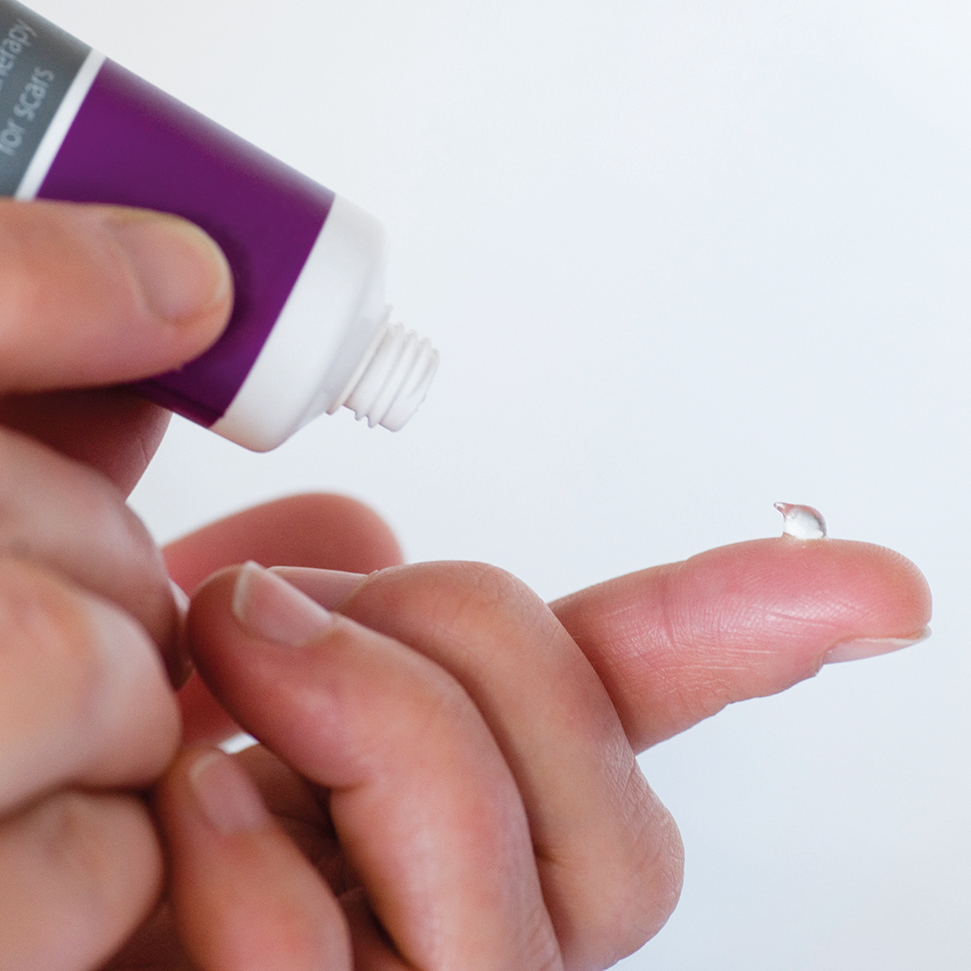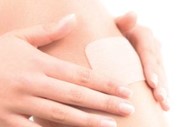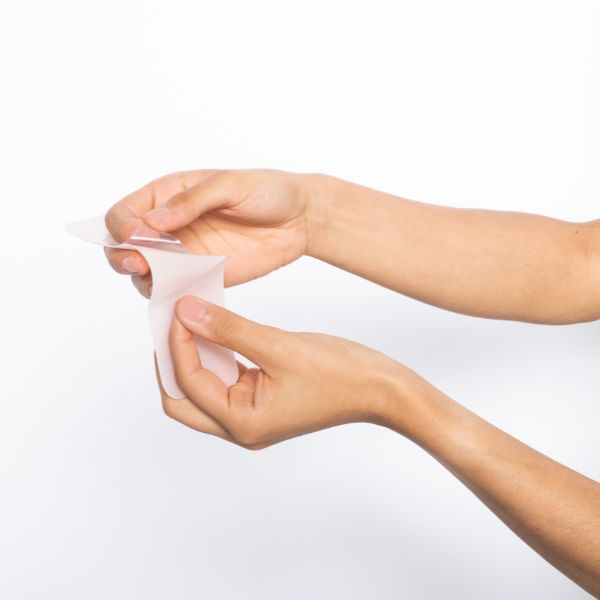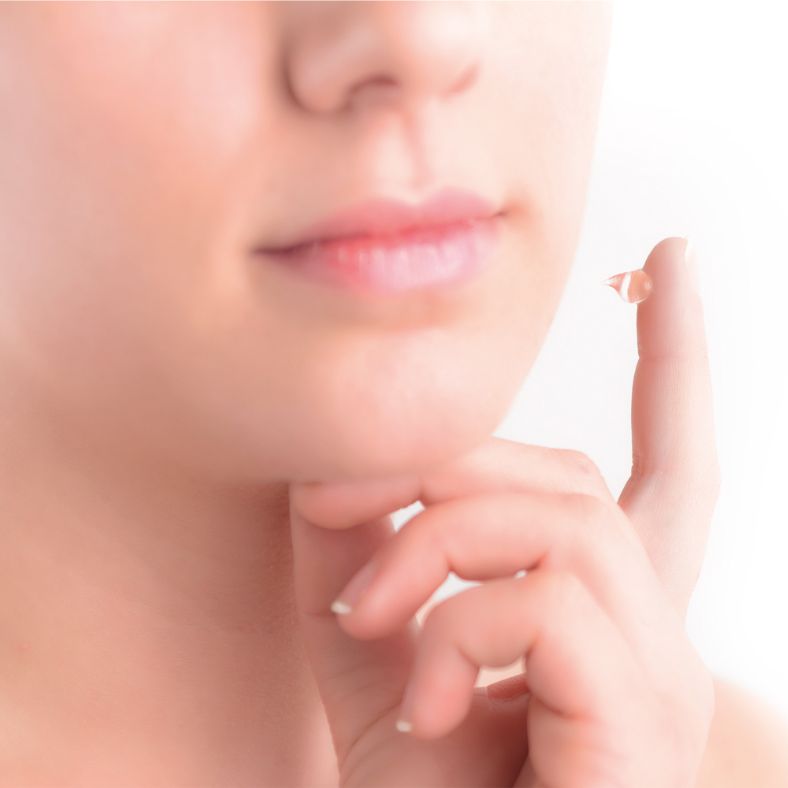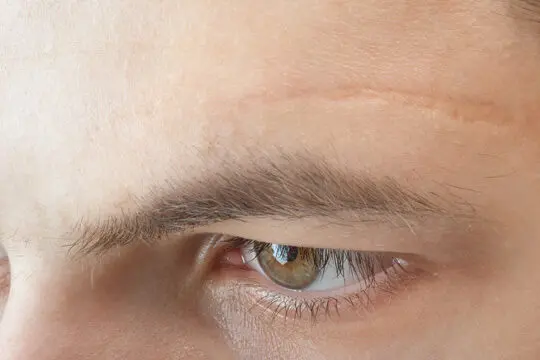How to reduce your scars
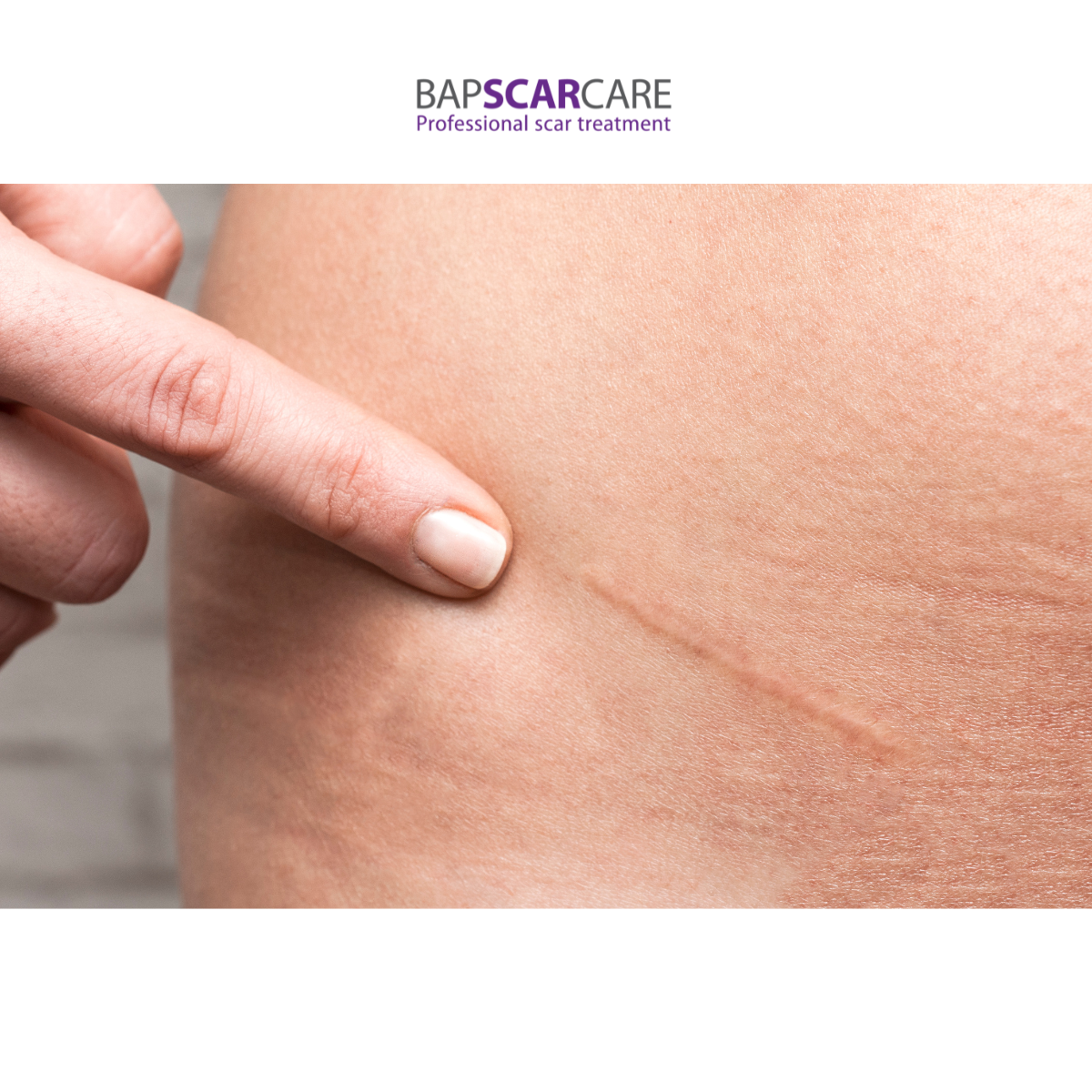
How do you reduce your scar?
Reducing a scar is a wish of many people, however, you can't remove a scar, but you can make it less visible. Hygiene and care play a big role in the appearance of your scar. If you do it right, you can positively influence the appearance of your scar.
An accident can happen at any time. Before you know it, you have a wound with the associated risk of a scar forming.
Hypertrophic, keloid or normal?
Most scars are a little red and thick at the beginning. Only after a while do they become whiter and flatter. This usually takes about 6 to 9 months. After that, the scar is 'finished': it hardly changes. That is, if there is a normal scar. With some scars, the symptoms of redness and thickness actually get worse over time. These are abnormal scars.
For example, there are hypertrophic scars, they become thicker and redder and cause more complaints, such as itching, pain and a pulling sensation.
In addition, there are keloid scars, they grow larger than the original wound and are (bright) red or purple. They cause more complaints and are known to continue to escalate if nothing is done about it.
Some people are more likely to develop an abnormal scar, for example due to:
• Hereditary predisposition
• A young age
• A dark skin tone
Even if a wound has not closed after 2 weeks or is on the sternum or a joint, the chance of an abnormal scar is greater.
Reduce scars
Now that you know how a (deviant) scar develops, you probably also want to know how you can prevent it. A few tips:
- Pay attention to hygiene in a wound. Where there is a wound, the skin is vulnerable. Bacteria and dirt can easily penetrate it. So make sure you have good hygiene. Disinfect the wound and keep it clean.
- Start grooming as soon as possible In this case, as soon as possible is immediately after the wound has closed or stitches have been removed. From that moment on, you need to take good care of your scar.
- Choose the right care The wound is closed, but what is good care? Silicone therapy is a treatment with proven effect. Therapy sounds like a heavy word. What we basically mean is the use of silicone bandages (or silicone patches) and silicone gel. They ensure that moisture stays in your skin, while bacteria are kept out. This makes the skin more beautiful, supple and even. In addition, you counteract complaints such as itching, pain and redness.
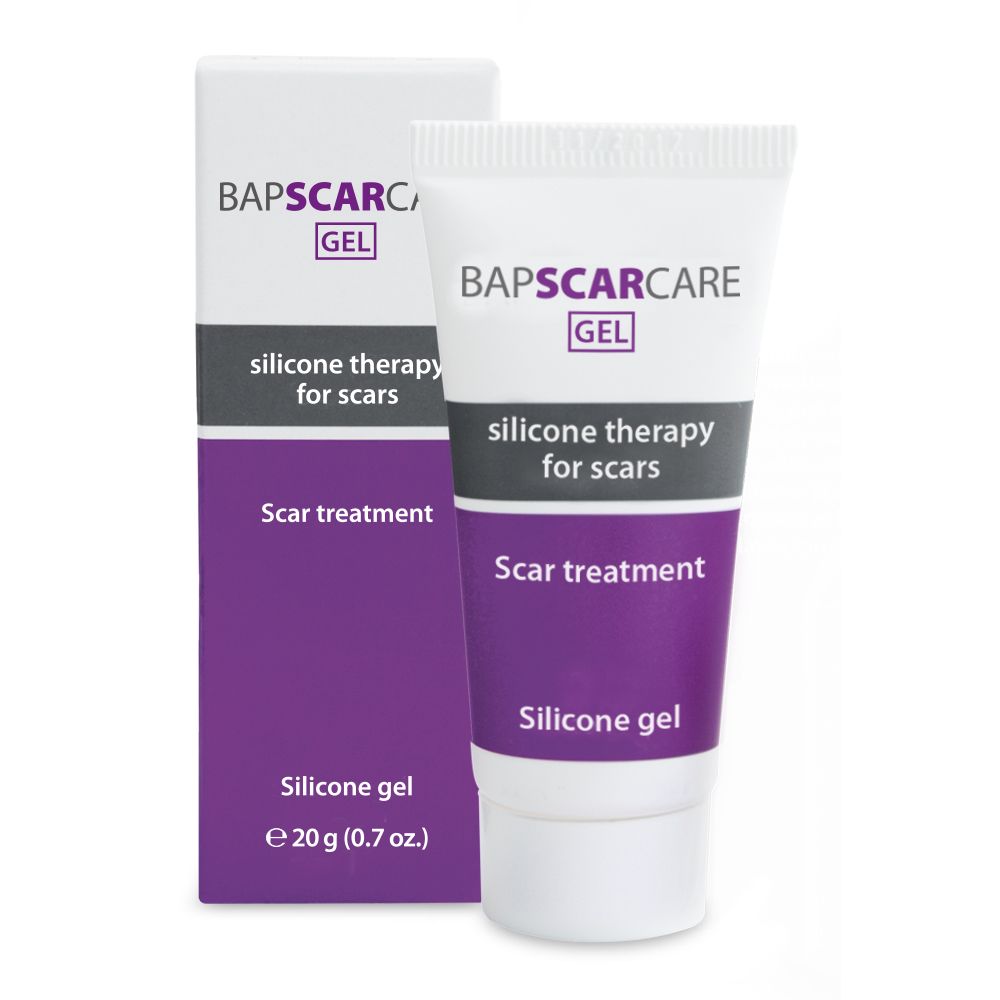

About the Author

Topics
- Scarban
- Scarban
- Dermasilk
- Eczema
- Alhydran
- Therapeutic clothing
- BAPScarCare
- Sensitive Skin
- Eczema clothing
- Itching
- Varicose eczema
- Dermasilk wash and care instructions
- Jock itch
- Menopause
- Chemotherapy
- Clinical studies
- Size guide
- DermaTherapy bedding
- Night sweats
- Bedsores
- Insomnia
- Night Terrors
- Recovery
- Anti-microbial
- Stain-Resistant
- Vulvodynia
- Testimonials
- Eczema in kids
- Instructions for use
- Scar treatment
- Silicone sheet
- Facial scars
- Scars on hand
- Scar on finger
- Eczema
- SPF
- Eczema creams and lotions
- ALHYDRAN Special Care
- Warts in children
Tags


